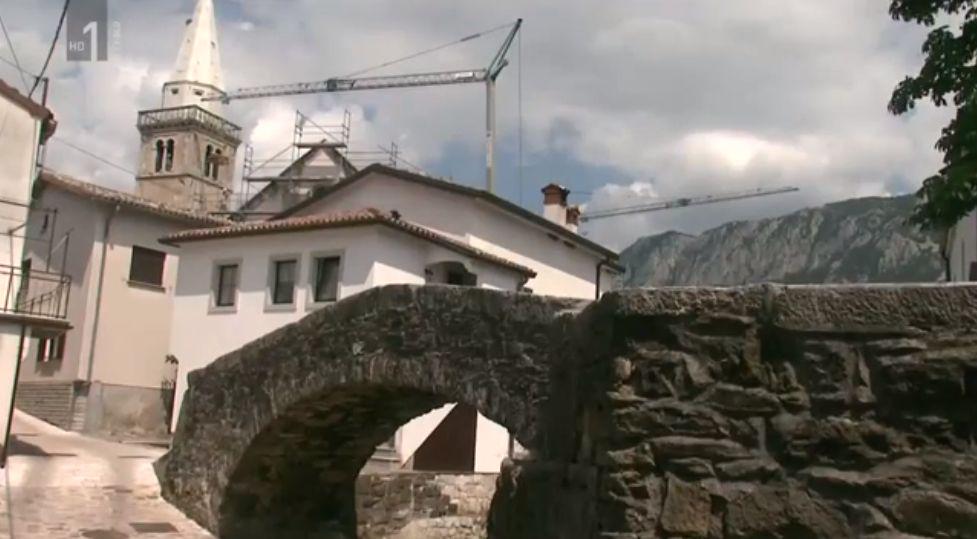
For much of its history, Št. Vid, as it was then known, was influenced by Mediterranean climate and culture. For visitors arriving from inland Slovenia, the village is the first settlement to exhibit typically Mediterranean features. Among them are fruit trees and vineyards above the village, where the slopes of Nanos protect them from the harsh winters of inland Slovenia.
Despite its small size, Št. Vid has played an important role in the development of winemaking in Slovenia. In the 18th century, a local priest named Matija Verbovec became one of the first Slovenians to study viticulture. He helped to transform winegrowing into a science and published the first Slovenian-language book on the subject; its goal was to encourage winemaking throughout the Slovenian Lands. Locals initially mocked his unconventional approaches, such as the use of fertilizers, but eventually embraced his innovations. He also inspired the poet France Prešeren to write The Toast, an ode to wine. Another local, Stanko Premrl, put the poem to music and created what is now the Slovenian national anthem.
If wine shaped the history of the village, so did wind and water. Two streams – Pasji Rep and Močilnik – come together in Podnanos, and for years, they served as a source of livelihood for the village. A Venetian-style sawmill, probably dating back to the 15th century, still stands in the village and is remarkably well-preserved. And four stone bridges over the streams are among the oldest in Slovenia. Meanwhile, the bracing Bora wind that frequently blows in the area is reflected in the local architecture, which is characterized by houses huddled together along narrow alleyways.
Also remarkable is the Church of St. Vitus. The current structure dates back to the 17th century. Its most notable feature is a magnificent belfry typical of northern Italian designs of the era. The church’s Renaissance exterior contrasts with the intricate Baroque furnishings inside, where the remains of an older church – including 15th century frescoes – can be seen. The Church of St. Vitus, named after the patron saint of the village, is considered one of the finest religious buildings in this part of Slovenia.
After World War II, Št. Vid was renamed Podnanos in attempt by the Communist authorities to eliminate religious place names. But the history of the town wasn’t erased, and the people of Podnanos remain proud of their past glories while looking confidently to the future.


































































